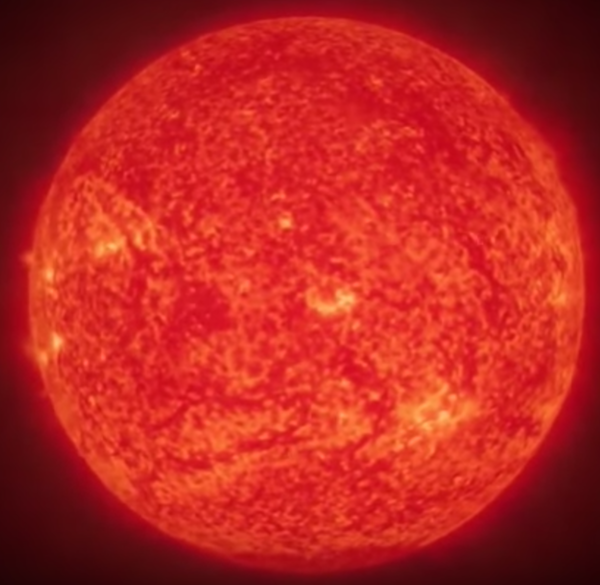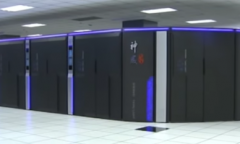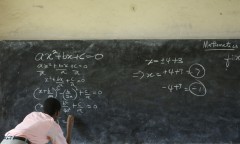By Vishal Goel, | December 19, 2016

The South Korean reactor maintained 20 times the temperature of the Sun's core for over a minute. (YouTube)
A South Korean nuclear fusion reactor has sustained high-performance plasma in a stable state for 70 seconds, the longest-ever recorded time for this type of reaction.
The reactor used superconducting magnets, which were cooled to a temperature of -269 degree Celsius, to maintain plasma at temperatures up to 300 million degree Celsius, nearly twenty times that in the Sun's core, South Korea's National Fusion Research Institute (NFRI) announced.
Like Us on Facebook
The Korean Superconducting Tokamak Advanced Research (KSTAR) tokamak-type nuclear fusion reactor, based at Daejeon, 160 km south of Seoul, used a fully non-inductive operation mode - called a "high poloidal beta scenario" - to achieve this long and steady state of operation using a high-power neutral beam. Various techniques, including a rotating 3D field, were applied to alleviate the accumulated heat fluxes on the plasma-facing components, according to World Nuclear News.
After performing this experiment, KSTAR now holds the world record for high-performance plasma and at the forefront of steady-state plasma operation technology in a superconducting device. "This is a huge step forward for realization of the fusion reactor," NFRI said in a statement.
KSTAR researchers also succeeded in achieving an alternative advanced plasma operation mode with the internal transport barrier (ITB), which is a steep pressure gradient in the core of the plasmas due to the enhanced core plasma confinement.
NFRI President Keeman Kim said, KSTAR is hopeful about continuously producing world-class results, and promoting international joint research among nuclear fusion researchers.
The construction of KSTAR began in December 1995 and was completed in August 2007. Measuring 8.6m high and 8.8m in diameter, it was the first in the world to feature a fully superconducting magnet system with a central solenoid, toroidal, and poloidal field coils.
-
Use of Coronavirus Pandemic Drones Raises Privacy Concerns: Drones Spread Fear, Local Officials Say

-
Coronavirus Hampers The Delivery Of Lockheed Martin F-35 Stealth Fighters For 2020

-
Instagram Speeds Up Plans to Add Account Memorialization Feature Due to COVID-19 Deaths

-
NASA: Perseverance Plans to Bring 'Mars Rock' to Earth in 2031

-
600 Dead And 3,000 In The Hospital as Iranians Believed Drinking High-Concentrations of Alcohol Can Cure The Coronavirus

-
600 Dead And 3,000 In The Hospital as Iranians Believed Drinking High-Concentrations of Alcohol Can Cure The Coronavirus

-
COVID-19: Doctors, Nurses Use Virtual Reality to Learn New Skills in Treating Coronavirus Patients











